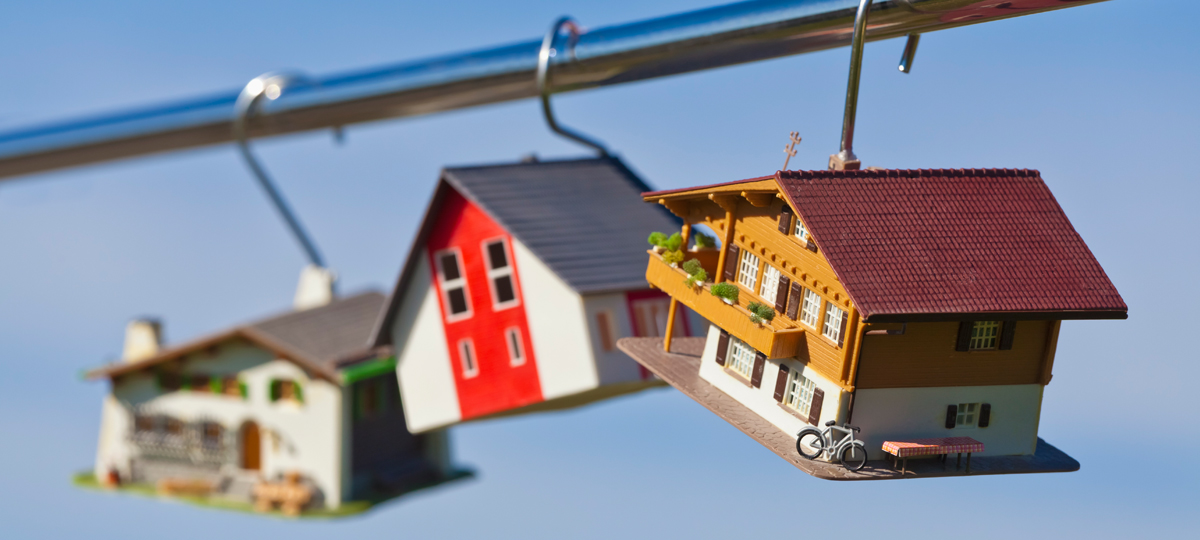There are many forces constantly at work in the property market, interacting with each other and with those who engage in this arena of the economy. T
There are many forces constantly at work in the property market, interacting with each other and with those who engage in this arena of the economy. The decisions made by everyone from the consumer to the state and federal governments can have an impact on what happens to property prices both in specific locales and on the national level.
It is important to be aware of not just what these forces are, but how they work in a broad sense as well as on the scale of local impact. This allows you not only to market better to potential clients and keep your eyes open for new opportunities, but also to advise existing clients and assuage some of their anxieties or suggest proactive ways of dealing with various elements of the economic climate.
Inflation
Inflation, the devaluing of currency due to there being too much in circulation, is one of the most significant drivers of the property market. However, it is not as cut and dry as it may first appear. Inflation affects not just the prices of homes but also the prices of all the materials that go into building and maintaining homes.
Land, construction materials, and labor are all examples of elements whose cost can skyrocket under inflation. And someone who has put a lot of money into the upkeep of their home or its preparation for sale will not want to take a lower price for it. This causes a ripple effect as those who want to relocate feel the need to ask more for their homes because those around them are asking more for theirs, and they want to trade up rather than down. This process can cause the prices of properties in a given area to race upward against each other.
Borrowing cost
When interest rates on home loans increase, the demand for new property slows down. However, when these rates decrease, demand and market sentiment both improve, and the property market is more likely to flourish.
Community development
As the value and standard of living in a community increases, so do the values of the properties in that community. This can occur when new tourist attractions, office complexes, or shopping centers arrive in a community. This happens because of the twofold benefit of there being more accessible services in the community as well as more employment opportunities.
As more competition is introduced to the community, both the workforce and the consumers are empowered to pursue a higher standard of living.
Infrastructure and population
The development of infrastructure is another part of community development that increases the value of a community and the properties it comprises. It lowers the anxiety over transportation and repair costs and can make people feel more comfortable and willing to spend more on making a home in a given community.
Population changes also impact the property market. As the population ages, demand can decrease for new homes as many residents move into retirement communities; on the other hand, demand in some areas may increase as retirees look for vacation homes. New families may want to trade up in anticipation of having children, while others may want to downsize as their children grow up and move away.
There are infinite other factors that drive the property market, and all of them play off of each other. Keep an eye on how each of these factors is developing in your community, and strategize around taking advantage of them as best you can.




 Where do we send your free Great Agent demo?
Where do we send your free Great Agent demo?





 We just need some facts about your organization:
We just need some facts about your organization:
COMMENTS